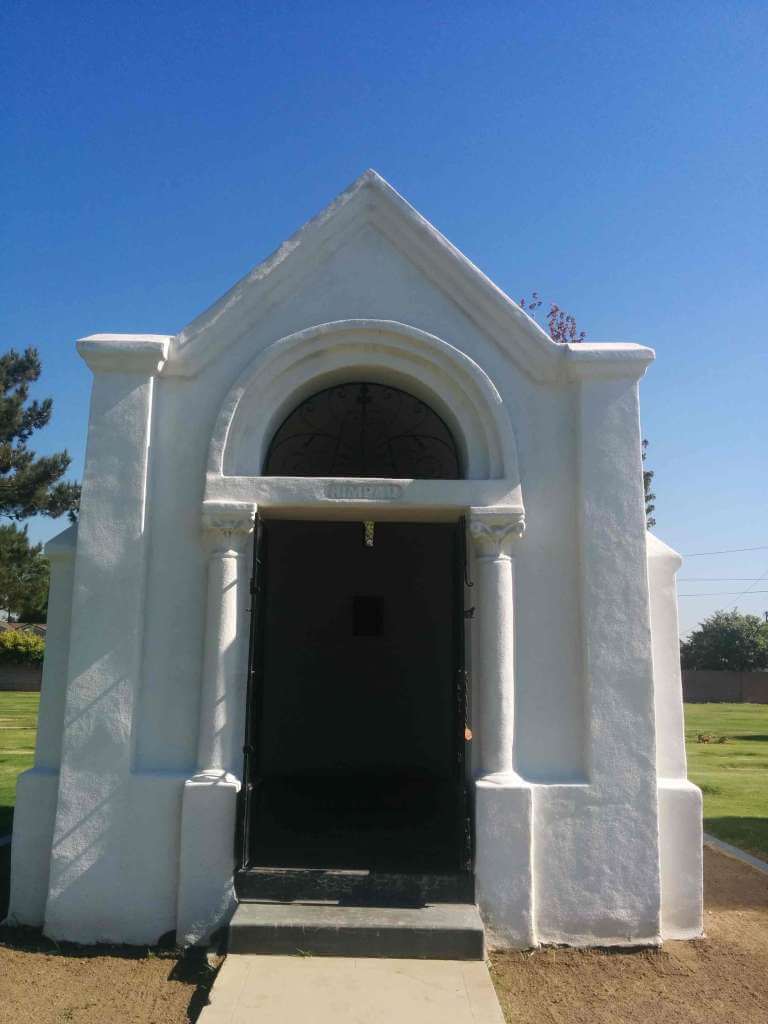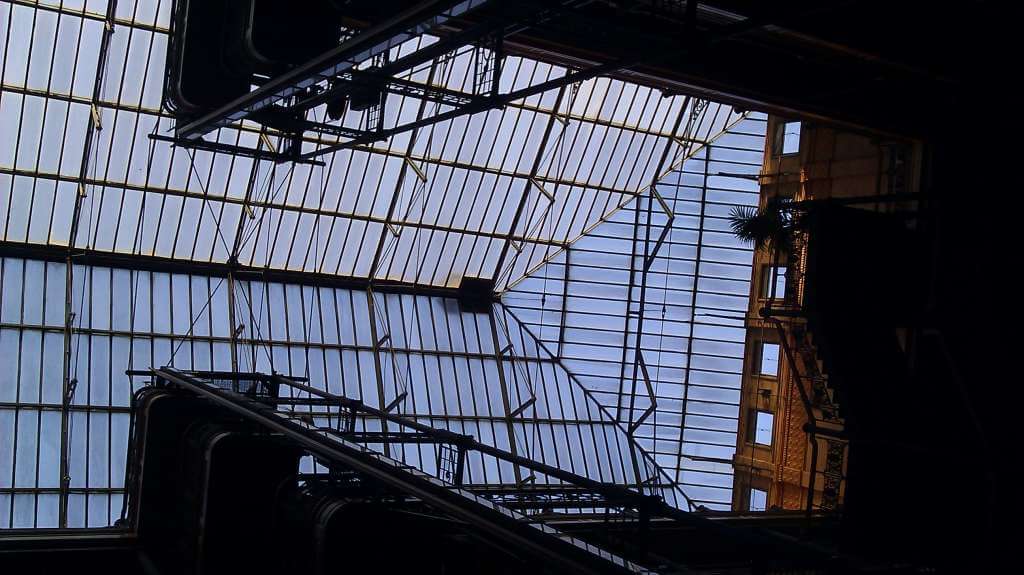LAVA Salon April 2014
Join LAVA for our revived free monthly Sunday Salon series. We return to South Broadway, to the mezzanine of Les Noces du Figaro, which was recently opened by the family behind Figaro Bistro in Los Feliz. This handsome space was formerly Schaber’s Cafeteria (Charles F. Plummer, 1928), and the mezzanine features wonderful views of the Los Angeles Theatre.
On the last Sunday of each month, LAVA welcomes interested individuals to gather in downtown Los Angeles (noon-2pm), for a structured Salon featuring formal presentations and opportunities to meet and connect with one another.If you’re interested in joining LAVA as a creative contributor or an attendee, we recommend Salon attendance as an introduction to this growing community. We also recommend the eclairs.
Read about the original Sunday Salon at Clifton’s Cafeteria here.
The Salon will be broken into two distinct presentations each lasting about 45 minutes. You are encouraged to arrive early if you wish to order food and beverages from the counter downstairs, and bring your meal upstairs.
Presentation One: In celebration of National Poetry Month, Suzanne Lummis, Cece Peri and Dale Raoul will present a series of readings in the vein of Poetry Noir. The readings will explore the themes of this genre: crime, decay, anonymity, hauntings from the past and a palpable sense of place and feel unique to Los Angeles.
Presentation Two: Architectural historian Nathan Marsak, author of Los Angeles Neon, will present on Los Angeles’s great public mausolea.In this cultural and architectural history of how Los Angeles came to understand the community mausoleum, Marsak will chart the southland’s parallels with and digressions from America’s developing mores and attitudes toward the space of death.
Emerging from the early 20th-century Garden Cemetery movement, Los Angeles not only contributed the concept of the memorial park, but also many of the finest–and sometimes strangest–grand public mausolea known. Los Angeles, long noted for its mimetic “California Crazy” and futuristic Googie architecture, needed, in its funerary architecture, to strive for solemnity and sublimity. Nevertheless, its cemetery buildings betray a peculiar and genuinely Southern Californian ethos in their expression.
Discussed will be the 1903 Chapel of the Pines crematory and columbarium; the early community mausolea of the ‘teens; the interbellum wonders of Forest Lawn’s neogothic Great Mausoleum, Angeles Abbey’s Arabian wonderland, and early-Christian meets Art Deco at Calvary Cemetery. Particular study will be given to the postwar era and the specific challenges mausoleum design faced adapting to Modernism–it is during this period they are routinely disparaged as filing cabinet necro-tenements–and how new considerations of population and land management influenced the building of open garden-court mausolea and columbaria.
Their legacy has left us with a means to gauge the city’s development (as well as remarkable tile work and stained glass). Through this lens, Marsak will reveal this significant, yet little-valued aspect of our architectural landscape.




